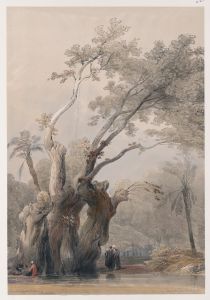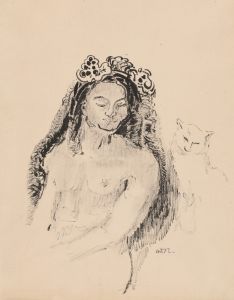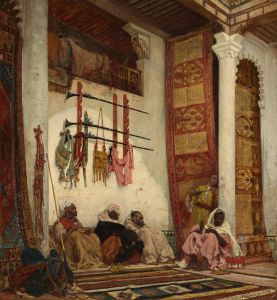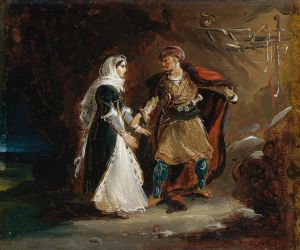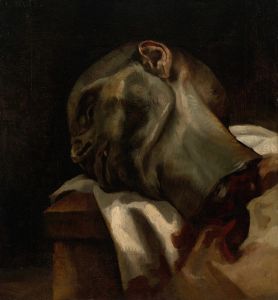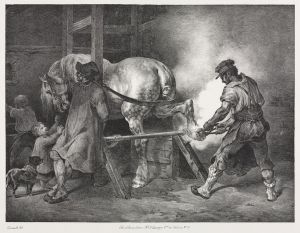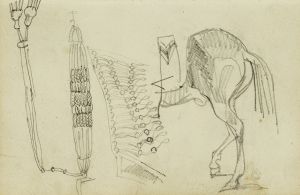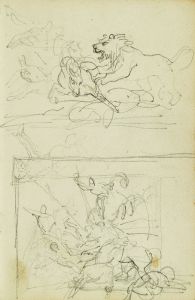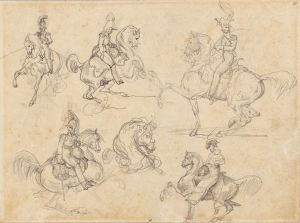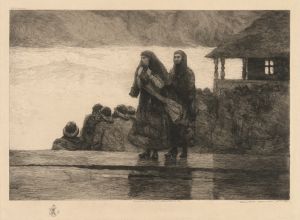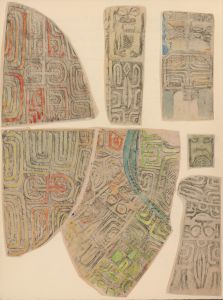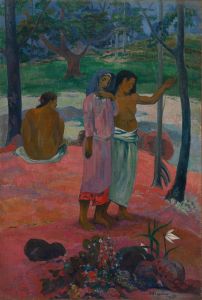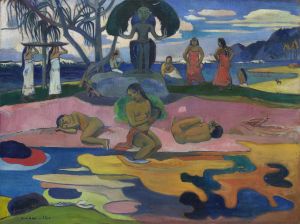
The Giaour
A hand-painted replica of Théodore Géricault’s masterpiece The Giaour, meticulously crafted by professional artists to capture the true essence of the original. Each piece is created with museum-quality canvas and rare mineral pigments, carefully painted by experienced artists with delicate brushstrokes and rich, layered colors to perfectly recreate the texture of the original artwork. Unlike machine-printed reproductions, this hand-painted version brings the painting to life, infused with the artist’s emotions and skill in every stroke. Whether for personal collection or home decoration, it instantly elevates the artistic atmosphere of any space.
"The Giaour" is a painting by the French Romantic artist Théodore Géricault, created around 1820. Géricault is best known for his masterpiece "The Raft of the Medusa," but "The Giaour" is another significant work that reflects his interest in dramatic and emotional subjects.
The painting is inspired by Lord Byron's poem "The Giaour," which was published in 1813. Byron's poem tells the story of a love affair between a Christian (the Giaour) and a Muslim woman, Leila, who is part of the harem of Hassan, a Turkish nobleman. When Hassan discovers the affair, he has Leila drowned, and the Giaour seeks revenge by killing Hassan. The poem is filled with themes of forbidden love, revenge, and cultural conflict, which were popular in the Romantic period.
Géricault's painting captures a moment of intense action and emotion, characteristic of the Romantic style. The composition is dynamic, with a strong sense of movement and drama. The figures are rendered with powerful, expressive brushstrokes, and the use of light and shadow enhances the dramatic effect.
The painting depicts the climactic confrontation between the Giaour and Hassan. The Giaour, mounted on a rearing horse, is shown in the act of striking down Hassan, who is also on horseback. The scene is chaotic, with the horses and figures entangled in a violent struggle. Géricault's attention to detail and his ability to convey the physicality and emotion of the scene are evident in the muscular tension of the figures and the turbulent movement of the horses.
Géricault was known for his fascination with horses, and "The Giaour" showcases his skill in depicting these animals. The horses in the painting are rendered with anatomical precision and a sense of vitality, contributing to the overall dynamism of the composition.
"The Giaour" reflects Géricault's interest in themes of heroism, exoticism, and the sublime, which were central to the Romantic movement. The painting also demonstrates his ability to convey intense emotion and drama through his use of composition, color, and brushwork.
While "The Giaour" may not be as widely recognized as "The Raft of the Medusa," it remains an important work in Géricault's oeuvre, illustrating his mastery of the Romantic style and his ability to bring literary themes to life on canvas. The painting is a testament to Géricault's talent for capturing the human condition in moments of extreme emotion and conflict.





